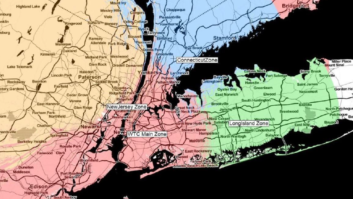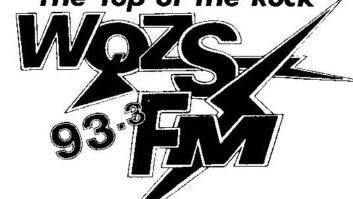
This article originally appeared in TV Technology.
I’ve seen several articles recently on the “goTenna” and decided to investigate it. It’s is a device that’s about six inches long (expandable to eight-inches) and one-inch wide and is designed to allow long-range messaging directly with another goTenna without using a Wi-Fi or cellular data link. This should make it useful for communicating with co-workers, friends or family nearby in the event conventional wired/wireless communications go down. The interface is an app that runs on a smartphone or tablet that connects to the goTenna via Bluetooth. The goTenna sends and receives messages using frequencies the 151 to 154 MHz MURS band.
Range should be similar to what ham radio operators would get using a two-meter (144 MHz) handheld radios (in simplex mode; not through a repeater). The goTenna website notes that range extends as far as 50 miles (mountaintop-to-mountaintop), but is careful to point out that at “person heights” in a city the range is likely to be a mile or less, increasing up to six miles for an unobstructed path over water or across a desert at “person height.”
The Multi-Use Radio Service is most commonly used for short-distance, two-way communications using handheld devices such as walkie-talkies. MURS was created in 2002 when the FCC changed the service rules for five industrial/business frequencies from what used to be known as the “color dot” frequencies under Part 90, Private Land Mobile Radio Services to Part 95, Personal Radio Services.
What sets MURS apart from other Personal Radio Services such as GMRS, FRS and CB is that two-way data transmission is allowed with the service. The other services allow data transmission only such things as selective calling. Continuous data transmission is not allowed, nor is packet forwarding. Transmitter power is limited to two watts and the antenna height is restricted to 60 feet above ground or 20 feet above the height of the point on a structure on which it’s mounted. (I didn’t see any limitation on antenna gain or ERP in the rules.) Interconnection with the public switched network is prohibited, so don’t expect to find goTennas connecting to the Internet, at least legally.
I didn’t find any information on the packet data protocol the goTenna uses, but all data between units is encrypted using RSA 1024 public/private key encryption. I wouldn’t be surprised if the protocol is similar to that used for amateur radio packet communications. The goTenna team revealed some information about the device on Hacker News list. In response to the question “does your protocol attempt to recover signals from below the noise floor,” the poster “daniper” replied, “No.” Asked about non-line-of-sight range, he wrote, “We live in New York and have gotten anywhere from 0.5 mile to 3.5 miles range here, depending what part of the city you’re in. There’s no such thing as LOS in a city unless you’re in a skyscraper.”
One advantage the goTenna has over voice communications on the same frequencies is that it can keep trying to send a message until it receives an acknowledgment from the other unit. It also has the ability to store messages. The goTenna website says the battery will last about 30 hours if left on continuously and will hold its charge for about a year and a half if turned off.
GoTenna is preselling units at half price, at $149 per pair, while awaiting FCC approval. If you want to check on FCC approval, goTenna’s grantee code is: 2ABVK.












